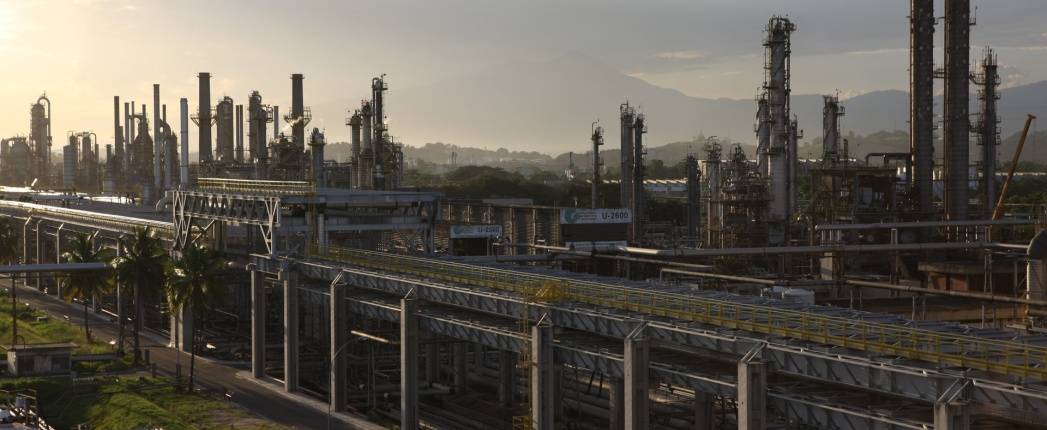
LONDON – Structural shortages of base oil production in Latin America are attracting imports from other regions, and the market increasingly relies on supplies coming from the United States, attendees at an industry event heard here last week.
The region primarily produces API Group I base oils.
Brazil is the biggest Latin American destination for U.S. base oil imports in Latin America. The country took in an average of 400,000 barrels per month in 2023, compared to around 300,000 b/m in 2022.
“This increase was a result of the country’s extensive refinery maintenance domestically,” John Dietrich, associate editor at Argus, told the Argus Global Base Oils conference Feb. 21.
Dietrich said Petrobras has increased Group I production at its Reduc unit in Duque de Caxias, Brazil, following extended maintenance in the fourth quarter of 2023 and the first quarter of 2024. The company is considering developing a new Group II unit by 2030.
Another base oil refiner, Acelan, took heavy maintenance at the Landulpho Alves refinery, known as RLAM in Sao Francisco do Conde, Brazil in the third quarter of 2023, while production at Argentina’s YPF unit has stabilized, “with no known maintenance scheduled for 2024.”
Petrobras’ Reduc unit has capacity to produce 11,200 b/d of Group I base oils, the largest in the region, while all other plants are much smaller, according to the Lubes’n’Greases Base Stock Plant Data. The company’s refinery in Fortaleza can make 1,550 b/d of naphthenic oils.
U.S. base oil imports to South Americas’ west coast fell to around 350,000 b/d in 2023 as pricing for material from South Korea became more attractive, Dietrich said. Argentina received around 100,000 b/m of American base oils.
Mexico historically has been one of the biggest receivers of U.S. base oil exports, but the country imposed restrictions in October on base oil and finished lubricant imports, causing shipments to shift to other destinations.
“As a result, blenders in Mexico require permits with restriction on volumes, origin and points of entry,” Dietrich said, adding that this situation is redirecting U.S. Gulf Coast exports to Europe and the west coast South America. This region remains advantaged for imports because of easy access to the U.S. and South Korea.